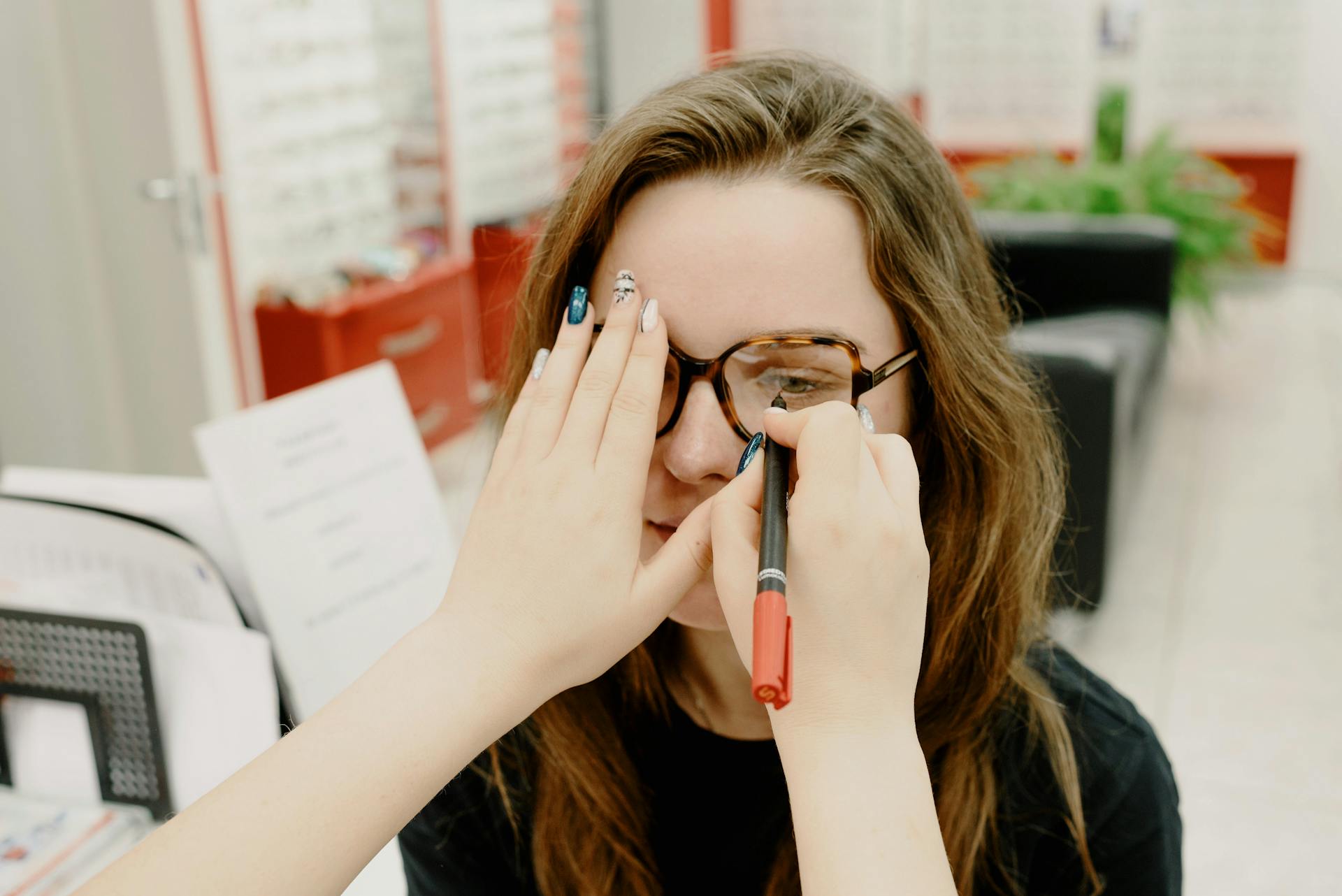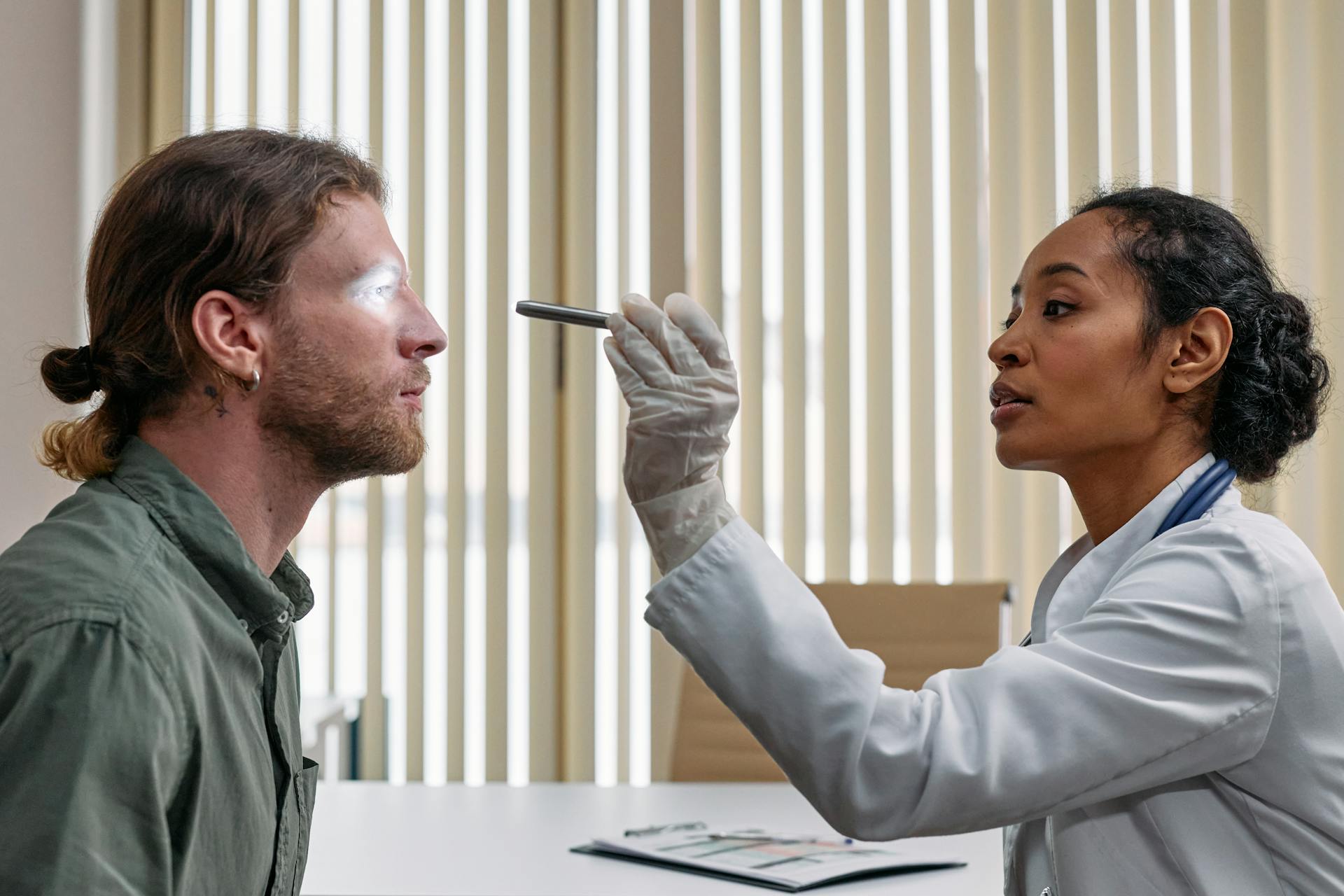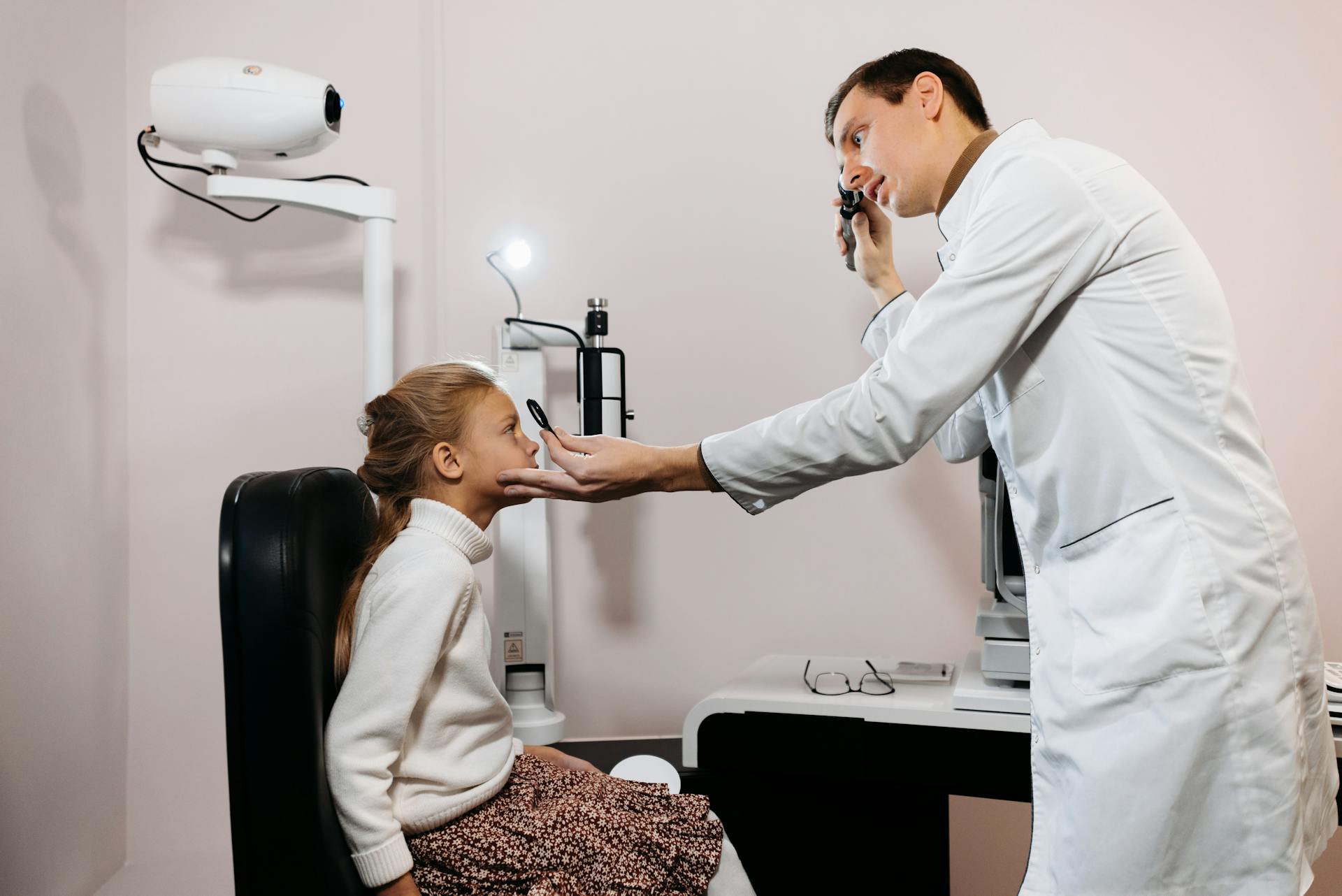Good eyesight is critical for everyday functioning and quality of life. It facilitates learning, communication, and interaction with the world. However, factors such as aging, lifestyle choices, and environmental influences can deteriorate vision over time. To maintain optimal eyesight, it’s essential to adopt proactive measures and make informed lifestyle choices. This article provides a comprehensive guide on maintaining good eyesight through various practical strategies.
1. Regular Eye Examinations
Regular eye exams are vital for maintaining good eyesight. These exams not only assess your vision to determine if you need corrective lenses but also check for eye diseases. Many eye conditions, such as glaucoma and age-related macular degeneration, have no early symptoms but can be managed effectively with early detection.
Frequency:
- Children should have their vision tested before they enter school and regularly throughout their academic years.
- Adults should have an eye exam at least once every two years and annually after age 60 or as recommended by an eye care professional.
2. Balanced Diet and Nutrition
A diet rich in vitamins and antioxidants can help prevent age-related ocular conditions and maintain overall eye health.
Key Nutrients:
- Vitamins A, C, and E are crucial antioxidants that protect the eyes from oxidative stress.
- Zinc contributes to the health of the retina.
- Lutein and Zeaxanthin are carotenoids that filter harmful high-energy light wavelengths, helping to protect and maintain healthy cells in the eyes.
- Omega-3 fatty acids promote visual development and the health of the retina.
Food Recommendations: Incorporate a variety of colourful fruits and vegetables, particularly leafy greens like spinach and kale. Fish, especially salmon, mackerel, and sardines, are excellent for omega-3 fatty acids.
3. Protective Eyewear
Whether for professional reasons, hobby-related activities, or exposure to harmful UV rays, wearing appropriate protective eyewear is crucial.
- Sunglasses should block 99% to 100% of both UVA and UVB light. This protection helps prevent cataracts and retinal damage.
- Safety glasses are recommended when engaging in activities involving hazardous materials or potential for physical injury to the eyes.
4. Limit Screen Time and Manage Digital Eye Strain
Prolonged use of computers, tablets, and smartphones can lead to digital eye strain, characterized by headaches, blurred vision, and dry eyes.
Management Strategies:
- Follow the 20-20-20 rule: Every 20 minutes, look at something 20 feet away for 20 seconds.
- Ensure proper lighting in your work environment to reduce glare on screens.
- Adjust your screen settings to optimize comfort—this includes brightness, text size, and contrast.
5. Adequate Sleep
Good quality sleep is essential for eye health. Sleep allows your eyes to fully rest, repair, and recover from the day’s activities. Aim for 7-9 hours of uninterrupted sleep per night to maintain optimal eye health.
6. Hydration and No Smoking
Staying hydrated is important for maintaining moisture in the eyes, which helps prevent dryness and irritation. Smoking significantly increases the risk of developing eye diseases such as cataracts and macular degeneration. Quitting smoking can reduce these risks substantially.
7. Regular Physical Activity
Exercise improves blood circulation, which increases oxygen levels to the eyes and aids in the removal of toxins. Engaging in regular physical activity can also reduce the risk of diseases that could lead to eye health issues, such as diabetes and high blood pressure.
Maintaining good eyesight involves a combination of regular healthcare checks, nutritional management, protective measures, and lifestyle adjustments. By implementing these strategies, you can significantly enhance your eye health and preserve your vision quality. Remember, taking care of your eyes is an integral part of your overall health and wellness strategy.




